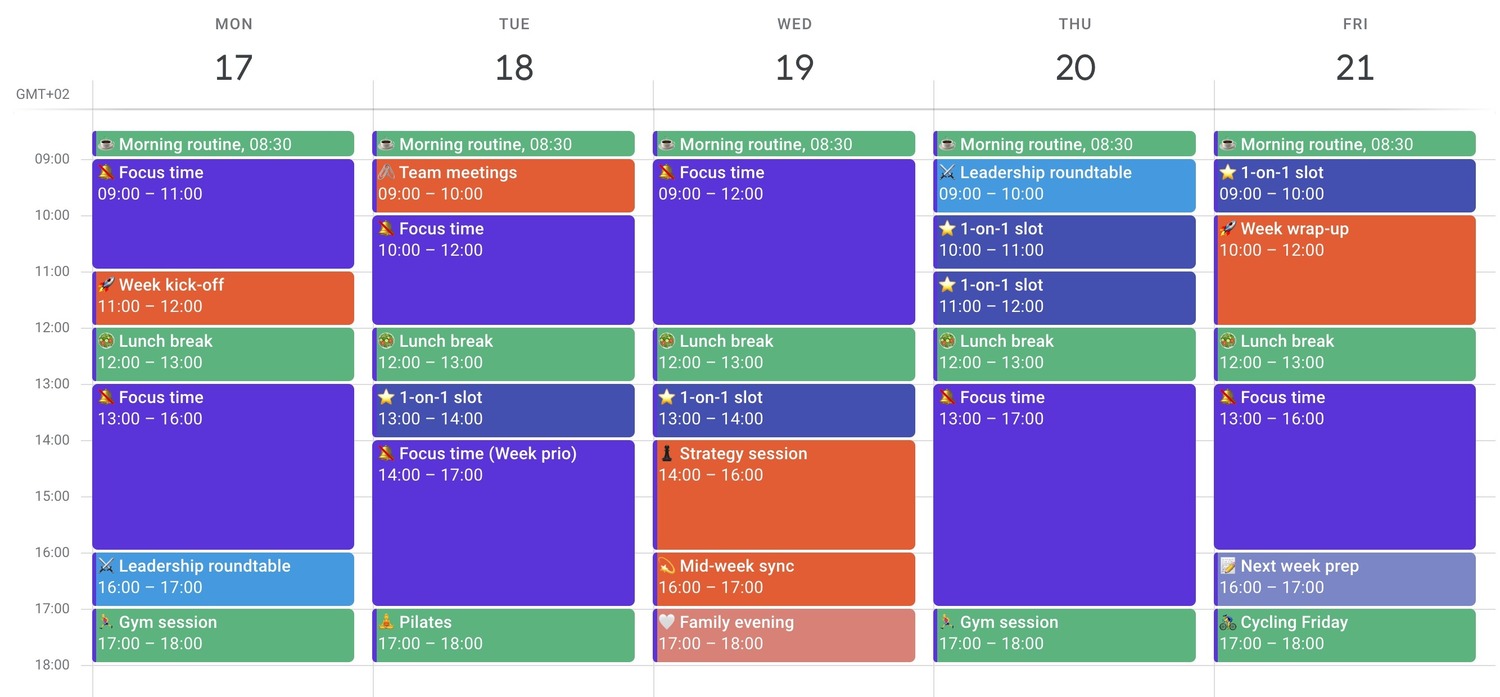The Grass is always greener on the other side of the fence. People say that until they get there and realize that the same mindset is awaiting them there. It’s not always about a change of scenery. Sometimes you just need a new way to look at the one you already have.
A lot of workplace stress doesn’t come from what happens to us—it comes from the story we tell ourselves about it. That’s where reframing comes in.
Reframing is simply taking the same situation and choosing a more useful, more accurate way to see it. Not pretending everything is “fine.” Not toxic positivity. Just shifting from:
- “This is terrible and I’m stuck”
to - “This is hard, but here’s what I can control.”
That small mental shift can lower stress, reduce overthinking, and give you back a sense of control—huge wins for your mental health at work.
Real-life reframes
“We need to talk.”
Default: “I’m in trouble.”
Reframe: “I don’t know what this is yet. I’ll deal with it when I have the facts.”
Calendar packed with meetings.
Default: “My whole day is wasted.”
Reframe: “My day is full—where can I block 30–60 minutes to move one important thing forward?”
Constructive feedback.
Default: “They don’t appreciate me.”
Reframe: “This is information. I’ll use what helps me get better.”
Difficult coworker.
Default: “They ruin my day.”
Reframe: “I can’t control them, but I can control my tone, my boundaries, and my reactions.”
Reframing doesn’t make problems disappear. It just keeps them from owning your nervous system.
Simple framework: Catch → Question → Reframe
- Catch the thought
Notice the “always/never” language:
“This always happens.” “They never listen.” “I can’t do anything right.” - Question it
- What are the actual facts?
- Is there another way to see this?
- What’s in my control right now?
- Reframe it
- “This is frustrating, but it’s not permanent.”
- “This is challenging, but I’ve handled hard things before.”
- “I don’t like this, but here’s what I can do today.”
For the next 7 days, pick one situation at work that sets you off and run it through this process.
You can’t control every email, meeting, or personality.
But you can control the story you tell yourself about them.
That’s where better mental health at work actually starts.




